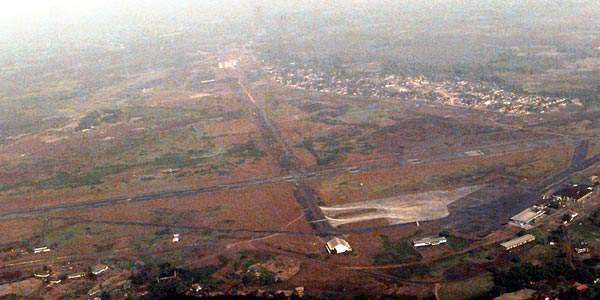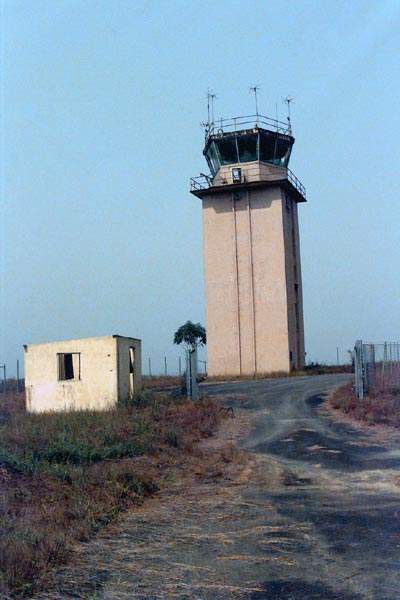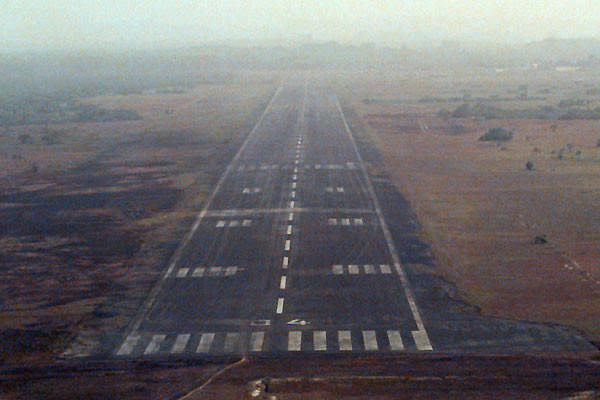Roberts International Airport (RIA) is the sole international airport in Liberia, West Africa. The airport is located near the town of Harbel, 35 miles from the capital of Monrovia. The airport is also known as Robertsfield, as it is named after Liberia’s first president, Joseph Jenkins Roberts.
RIA is owned by the Government of the Republic of Liberia and is operated by a Liberian management unit. RIA was originally built by the US Government as a base during the Second World War. On 14 July 1941, the Liberian Government came to an agreement with Pan American Airways (PAN AM) to convert RIA into a civil and commercial airport.
In 1985, the Liberian Government took control of the airport after PAN AM renounced and surrendered the ownership a year earlier. The government has been running the airport since then.
RIA suffered severe damage during the civil war in Liberia in 1990. The runway was bombed and the main terminal building burned down. Both the runway and the terminal building became inoperable and the airport was shut down. Commercial operations at the airport started again in 1997 by converting a cargo building to a terminal.
Upgrades
The airport has been upgraded with a state-of-the-art IT system, close circuit TV for 24-hour security and security equipment.
Passenger and cargo airlines operate from the airport. The passenger airlines include Brussels Airlines, Royal Air Maroc, Kenya Airways, Aero Contractor, Bellview and Virgin Nigeria. The cargo airlines include DHL and WTA.
Delta Airlines revealed its plans to start aircraft operations between the US and Liberia. The airline intends to use RIA as its West African hub.
Major renovation works are underway in the airport’s existing terminal and surroundings.
Financing
The finance for the works was divided into six bidding packages. The World Bank is funding the first bidding package and confirmed an amount of $500,000 for the same. USAID is committed to financing the remaining bidding packages where the cost is over $3.1m.
The renovation of the temporary passenger terminal is being financed by the Liberian Government.
Terminal features
RIA has two terminals. The second terminal is chiefly used by the UN.
Special baggage carts are available at the baggage claim area. A banking and foreign exchange service is provided outside the main terminal building. There is also a lost and found service and a postal service provided at the airport.
Bars and restaurants are located in the departure halls in the main terminal building, which also house duty free shops.
Runways
The airport was initially built with two runways but now has a single 3,400m-long runway. Two aprons were constructed in asphalt pavement measuring around 57,000m2. They were extended by 85,000m2.
The secondary runway was abandoned and is currently being employed as parking area for off-duty military aircraft.
Air traffic control
The RIA’s control tower is located at the airport’s southern end. Systems Interface upgraded the control tower’s equipment including turnkey supply, installation and commissioning of VHF transmitters and receivers, a crash alarm system, an ATC clock system, a power distribution system and control desk.
Security screening
Special baggage and security scanners are among the supplied equipment installed at the airport.
Airport security is undertaken by the UN’s Mission In Liberia troops, along with the Liberian National Police.
Contractors
The USAID-funded operations and emergency works are contracted to Global Business Solutions. The contractor is working with RIA management to complete the emergency works.
The contract for the supply and installation of the navigation, aeronautical, meteorological and security equipment at RIA has been awarded to Systems Interface. The supplied equipment consists of an automatic weather observation system, voice recording system, baggage and security scanners, airfield lighting equipment, lightning protection, ground commissioning and flight check of navigational aid systems.
The Liberian Government has allocated $200,000 for the renovation of the existing terminal building. A local contractor has been appointed and works are underway.




